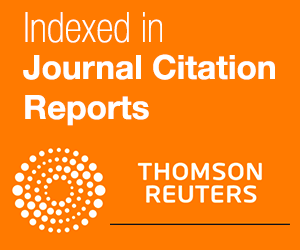PATTERN ANALYSIS OF INTERNATIONAL WINTER WHEAT YIELD TRIALS
Y. Kaya1,* A. I. Morgounov2 and M. Keser3
1 Bahri Dagdas International Agricultural Research Institute, Konya, Turkey, 2 CIMMYT, P.K. 39 Emek, 06511 Ankara, Turkey, 3 ICARDA, P.K. 39 Emek, 06511 Ankara, Turkey
*Corresponding author’s email: yuksel_k@yahoo.com
ABSTRACT
International Winter Wheat Improvement Program (IWWIP) is an alliance between Turkey, CIMMYT and ICARDA. Eighteen advanced winter wheat (T. aestivum L.) lines from International Winter Wheat Yield Trials for semi-arid environments (IWWYT-SA) with two common checks (Bezostaya-1 and Katia-1) were tested in contrasting fourteen environments, from European, Asian and African continents, during the cropping season of 2011-2012. Pattern analysis (PA) was applied to grain yield of genotypes (G) across environments (E) to identify patterns of Gs, Es and G x E Interaction (GEI) in IWWYT-SA. Main effects due to E, G and GEI were highly significant, and about 76 % of the total sum of squares (SS) was accounted for by E. Of the remaining SS, the GEI was almost 5 times the contribution of G alone. The knowledge of E and G classification helped to reveal several patterns of GEI. This was verified by ordination analysis of the GEI matrix. Clustering Es resulted in the separation of different types of Es. PA confirmed the high rainfall/irrigated and low rainfall/non-irrigated mega-environments (ME), and allowed the discrimination and characterization of adaptation of Gs. However, several patterns of GEI in IWWIP’s semi-arid yield trials were further discerned within these MEs. The high rainfall/irrigated Es tended to be closer to one another, suggesting that they discriminate among wheat Gs similarly, whereas low rainfall/non-irrigated Es tended to diverge more. The semi-dwarf and early maturing breeding lines, from North American winter wheat breeding programs, with medium to high yields were highly adapted to high rainfall/irrigated Es, whereas the tall and late maturing Gs, from IWWIP program, with low to medium yields were mostly adapted to the semi-arid (low rainfall/non-irrigated) Es.
Key words: Pattern analysis, wheat, yield, genotype x environment interaction.
|





